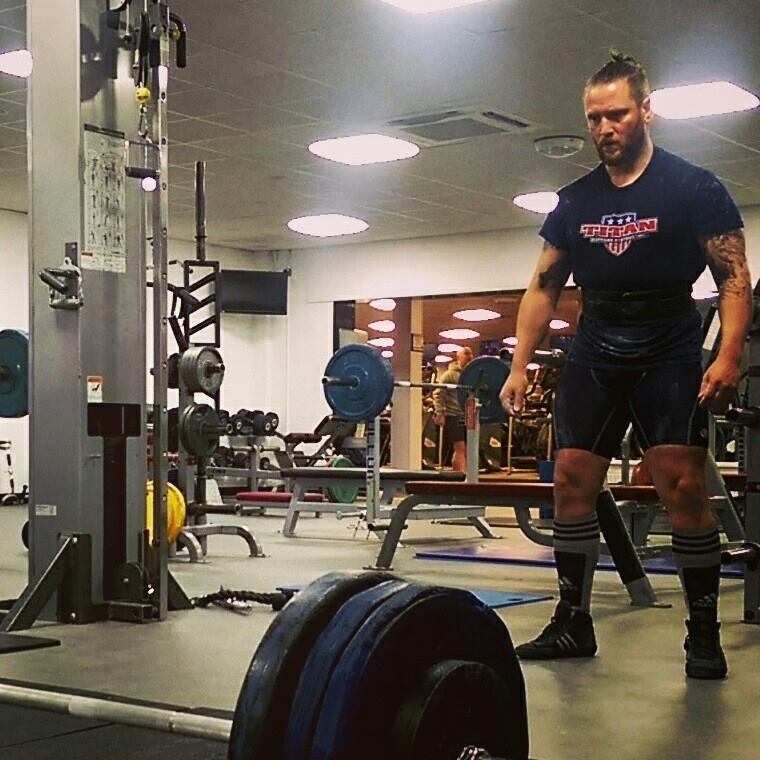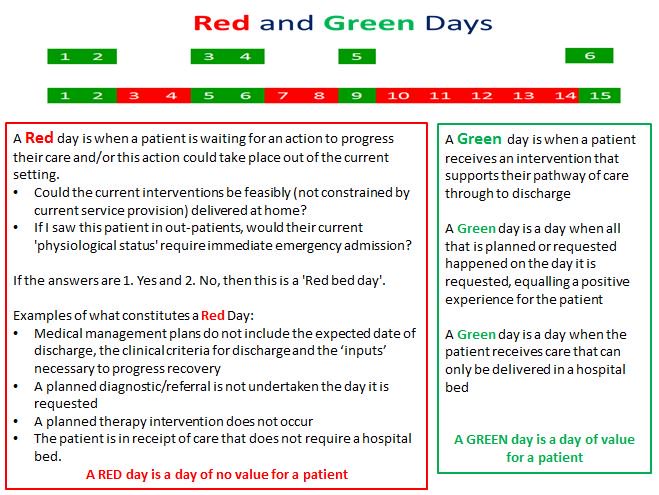
I am a nurse and an international powerlifter. Within both the job I do and the sport I take part in I am constantly looking to improve. In my job I want to improve the care for patients and within my sport I want to get stronger and to lift more weight.
I currently work as the lead clinical nurse for ECIST (NHS Emergency Care Intensive Support Team) working as part of ECIP (NHS Emergency Care Improvement Programme). My current role with ECIP requires me to support nurses and nursing teams to improve urgent and emergency care.
I believe there is a direct correlation between improvement principles within both seemingly distinct and separate spheres, powerlifting and healthcare.
Let me explain these similarities and some of the basic principles of improvement in powerlifting and improvement within healthcare.
Framework for Success
Within strength training we essentially run constant PDSA (plan, do, study, act) cycles to seek improvement. We call it programming. A programme is a cycle of training designed to elicit peak performance on the competition platform. This programme provides the framework for improvement by undertaking a series of exercises over time that are known to work in order to get stronger. They are of course adapted to the individual lifter but essentially provide the framework for change. Similarly, within healthcare, we utilise frameworks or tools to enable change. The SAFER patient flow bundle (http://fabnhsstuff.net/2015/08/26/the-safer-patient-flow-bundle/ ) is an example of a series of interventions that if followed will enable improvement.

The different aspects of SAFER are adapted to different organisations and clinical areas but the same way effective programming gets you stronger, effective utilisation of SAFER or red/green days (http://fabnhsstuff.net/2016/03/21/ecip-quick-guide-red-green-days-dr-ian-sturgess/ ) will improve patient flow and reducing unnecessary waiting.

Safe environment for improvement
Within strength training success is only made apparent if the lifter tries something they have never done before. This may be lifting more weight or the same weight more times than ever before. This requires the lifter to be brave but the environment must be safe for these attempts. When attempting these lifts all lifters must have spotters available. A spotter is one or more people who will help the lifter with encoragement and support during the lift. If the lifter fails, the spotters help the lifter to put the bar back safetly but the key is that they only help the lifter if they fail, they must not assist the lifter. Spotters are important and provide a safe environment for improvement. Without spotters, lifters lose the confidence to try and if they do and fail they will be set back considerably in their improvement. Within healthacre improvement, a similar safe environment for staff to try things must be evident. This is to provide encouragement and to instill personal belief but also to alllow staff to fail safetly. “Spotting” within healthcare could include executive support, ECIST support or even peer support from other areas.

Positive Belief
The greatest weapon in the strength athlete’s armoury is belief. Belief that the programme they are undertaking will result in improvement and belief as they are stood with the weight on their back that they will complete the lift. Any doubt or negative thought will result in failure. Strength athletes are constantly giving themselves positive messages about what they are doing, how good it feels and ultimately achieving their goals. This can be through the achievement of minor gains that result in positive feelings and self-belief. Lifting one more rep than last time, or holding form better are all seemingly minor things but build belief and positivity. Healthcare improvement must similarly remain positive and instil belief into staff they are doing the right things and those things feel good. The recognition and lauding of small improvements all similarly build belief and confidence in what you are trying to achieve. Surround yourselves with people who reinforce this positive message and never ever lose sight of the goal, better patient care.
This brief article has described the similarities between strength training and improvements in healthcare. To summarise:
- Use a framework or programme to build improvement upon
- Ensure there is a safe environment for failure
- Positive belief must be built through recognition of minor gains and focussing upon ultimate goals and achievements.
- British and commonwealth bench press record holder and champion
- Twice British champion and former British total record holder
- Squat, bench, deadlift and total English record holder

